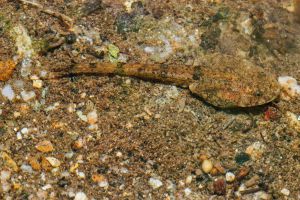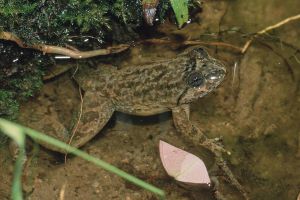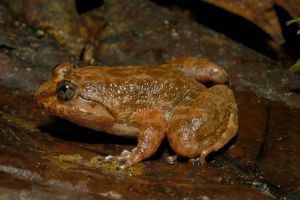
Frogs of Borneo

Frogs of Borneo

Frogs of Borneo

Frogs of Borneo

Frogs of Borneo

Frogs of Borneo

Frogs of Borneo

Frogs of Borneo

Frogs of Borneo

Frogs of Borneo

Frogs of Borneo
Bornean Families
Limnonectes:
- abanghamidi
- asperatus
- barioensis
- batulawensis
- cintalubang
- conspicillatus
- finchi
- gunungensis
- gyrinophorus
- hikidai
- ibanorum
- ingeri
- kenepaiensis
- kinabaluensis
- kong
- lambirensis
- lanjakensis
- leporinus
- maanyanorum
- malesianus
- meratusensis
- nephophilus
- nusantara
- oreibates
- paginatanensis
- paramacrodon
- paulyambuni
- penerisanensis
- phylax
- rhacodus
- sarawakensis
- separatus
- sinuatodorsalis
- suboliferus
- tawauensis
mocquardi
Kinabalu Fanged Frog
This species has been reported from Gunung Kinabalu and Crocker mountain ranges, as well as Tawau and Gunung Mulu. Recorded elevations across the distribution were at approximately 500–1700 m asl.
Within the "kuhlii"-group, Limnonectes mocquardi can be distinguished from its relatives by a combination of:
A large-sized species with an adult mean snout-vent-length of 65 mm in males and 63 mm in females. The first finger is equal to or slightly longer than the second; the edges of the second and third fingers have broad, non-movable dermal fringes; the outer webbing being slightly, and the inner webbing greatly excised on the fourth toe. The head is comparatively long; forelimbs relatively short; hindlimbs medium; tibia long. The dorsal skin is only weakly folded, with networks of wrinkles; wrinkles very weak on the head; tibia dorsally coarsely scattered with small, low warts; the tip of the third finger forms a moderate-sized disk the width of which is slightly wider than the basal phalanx. The tip of the fourth toe is swollen into a moderate-sized disk, with a much wider width than the basal phalanx. The fourth toe disk is much wider than the third finger disk. The fourth toe is webbed to the disk, but narrowly so distal to the distal subarticular tubercle.
All specimens shown here were photographed at Gunung Kinabalu, close to Silau-Silau river. Assignment to this species is very tentative by locality. The species occurs together with L. separatus at Kinabalu and Crocker Parks, with L. paulyambuni at Mahua, and L. barioensis at Mahua and Tambunan (Matsui et al. 2024). Currently, there seems no established morphological difference between L. mocquardi and L. separatus. The latter is reported to be somewhat smaller. See comments there.
Occasionally, in this and some of the related species a light, medial, longitudinal stripe can be present on the head and back.





